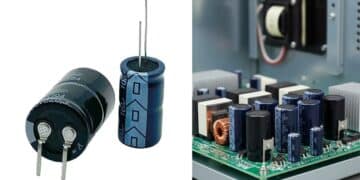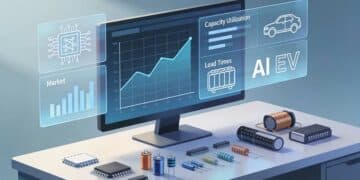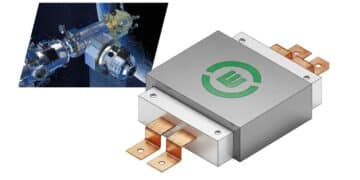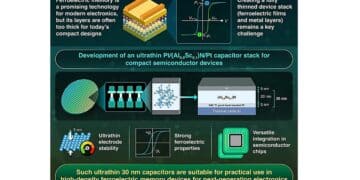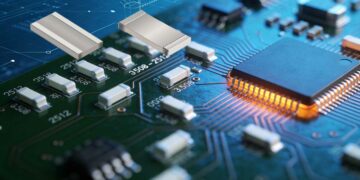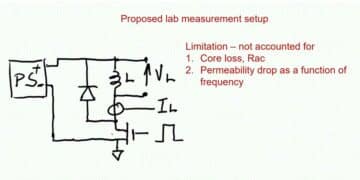Electrolytic Capacitors
C 3 ELECTROLYTIC CAPACITORS Electrolytic capacitors are more complicated than electrostatic capacitors in their construction. The function of electrolyte is...
C 3 ELECTROLYTIC CAPACITORS Electrolytic capacitors are more complicated than electrostatic capacitors in their construction. The function of electrolyte is...
C 2.12 OTHER INORGANIC DIELECTRICS C 2.12.1 Class 3 ceramics The headlined type of ceramic capacitor are also called barrier...
Silicon MIS and MOS Capacitors Silicon-based dielectrics are used within semiconductor manufacturing processes of high density electronic devices by semiconductor...
C 2.11 CERAMIC CAPACITORS CLASS 2 Ceramic Class 2 capacitors can be divided in two main groups, one with a...
C 2.10 Ceramic Capacitors Class I Capacitors with Class 1 ceramic are manufactured with temperature coefficients between +100 and –1500...
C 2.9 INTRODUCTION to CERAMIC CAPACITORS Within the electrostatic capacitor family we can distinguish two groups: the organic film capacitors...
C 2.8 COMPARISON DIAGRAMS, ORGANIC DIELECTRICS This page summarizes basic overview of film and foil organic dielectric capacitors. The various...
C 2.6 POLYSTYRENE (PS) and POLYPHENYLENE SULFIDE (PPS) Polystyrene (PS) represents a non-polar dielectric material that just as polycarbonate to...
C 2.4 POLYPROPYLENE (PP) / KP and MKP In the book we use the common European abbreviations KP for film/foil...
C 2.3 POLYESTER CAPACITORS (PET)/ KT and MKT Sometimes polyester capacitors are called Mylar. The abbreviation PET above comes from...
